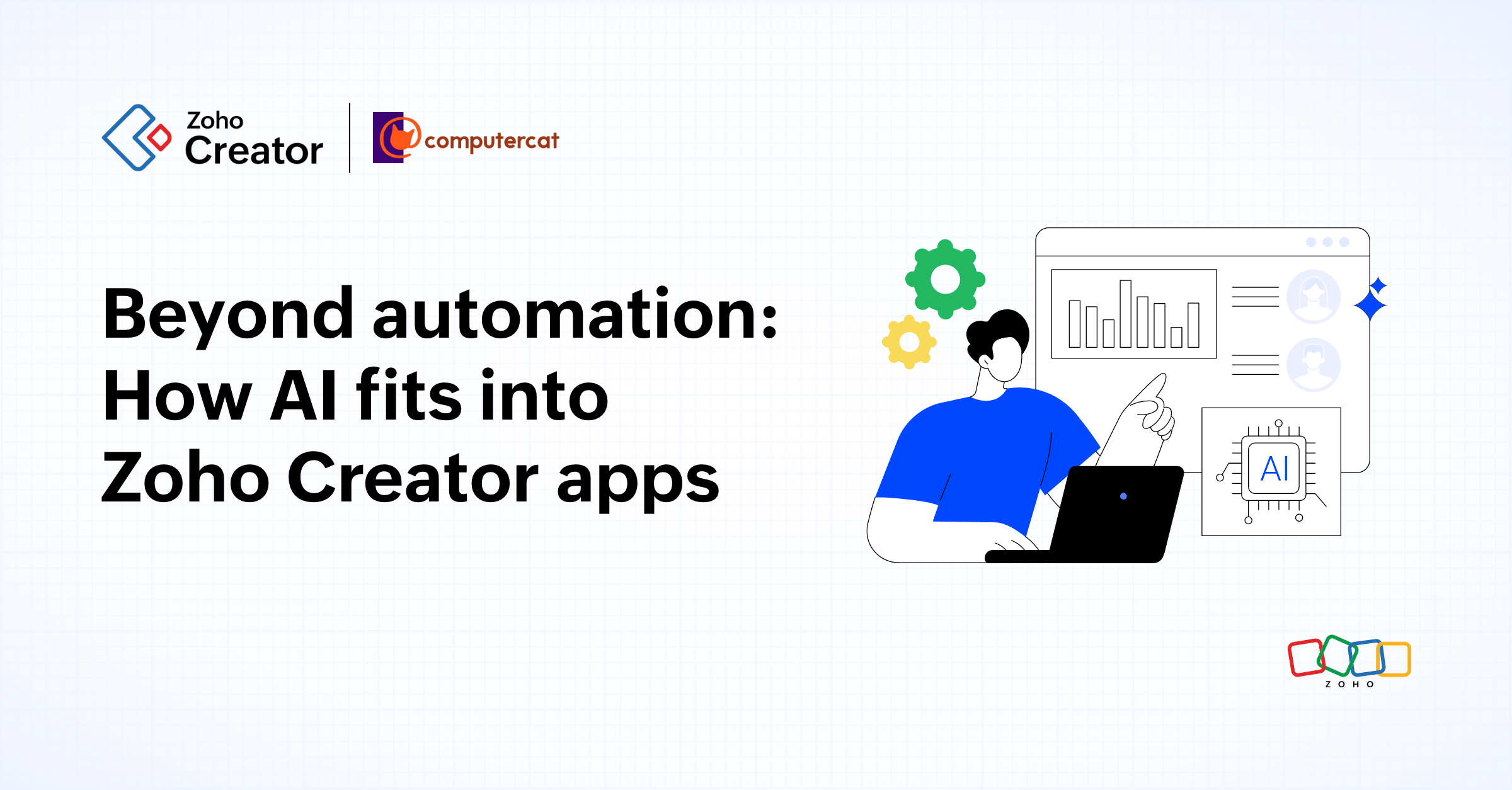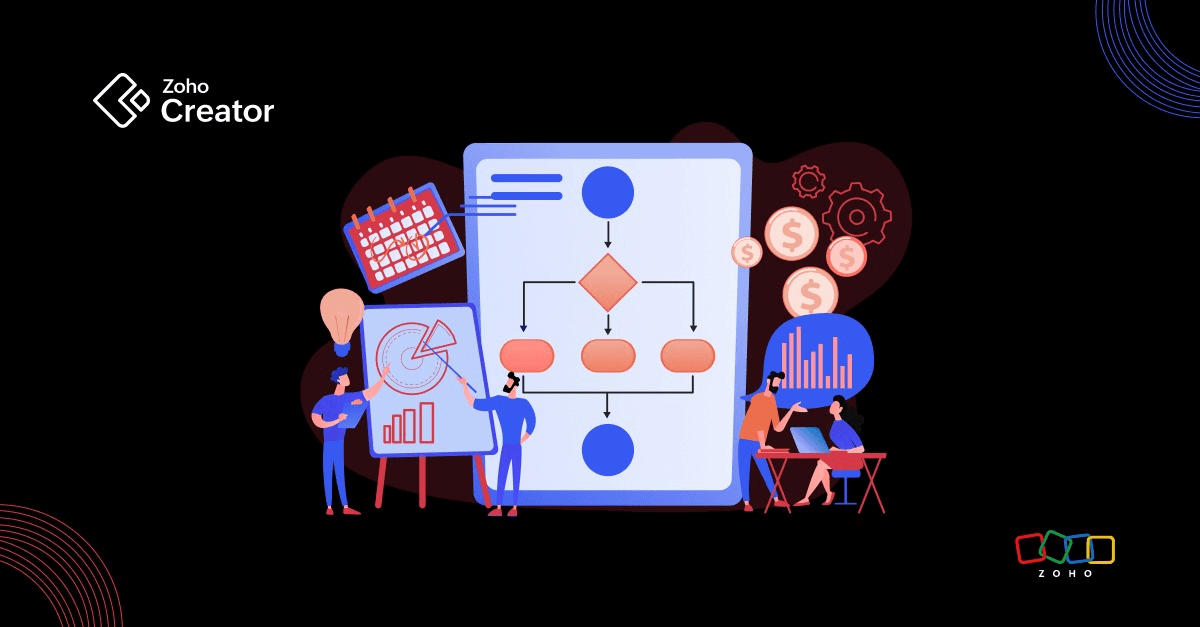- HOME
- Know Your Tech
- Building and maintaining organizational momentum for Digital Transformation
Building and maintaining organizational momentum for Digital Transformation
- Last Updated : December 2, 2024
- 591 Views
- 4 Min Read
On some level, successful digital transformation is the result of building momentum at every level of your organization. But how do you build, especially when you don't yet fully know what the cumulative effects of the DX will be? Given those circumstances, it might seem a bit daunting. But it really doesn't have to be. The secret? Always be communicating.
And that means communicating with everyone: with leadership about how the project balances continuity and change; with financial stakeholders about demonstrable short- and long-term ROIs to be expected; with teams about how DX changes can streamline and improve their work as well as foster collaboration; and with employees about the ways digital will enhance their prospects at work rather than put them out of a job. (And this is not an exhaustive list!)
That's a lot of different audiences, stories and value propositions to communicate, just to get the project up and running! Luckily, you won't (also) need to reinvent the wheel to do all this; here are some of our best strategies for cultivating momentum for DX.
1. Make the right pitch
Before DX can bring about any change, you need to get everyone on board about the need for the change. Start by communicating the value the transformation brings to both the business at large and employees in particular. This is also the time to mobilize internal evangelists who can raise awareness, generate excitement, and clearly articulate how it will streamline and improve processes.
While some people will need little convincing to embrace digital transformation, there will undoubtedly be others who are reluctant, at least at first. It's essential that your IT and leadership teams understands the nitty-gritty details about how processes and systems will be changed, so that they can effectively respond to potential questions and concerns raised by employees. For instance, you might be surprised at how many people are worried that AI and automations will take their jobs; be sure your team is well prepared to demonstrate the way DX will actually free up time for employees to work on more gratifying projects.
2. Clearly define success
Keep everyone on the same page by laying out, in advance, key metrics and end goals that will mark the DX as a success. Identify the KPIs you'll be following closely (read more about what those might be), share those with your teams, and try not to worry too much about the ones that aren't too relevant to your project. It's important for everyone to know what the key goals of the DX are, so they understand how to prioritize and organize their own work.
3. Keep the lines of communication open
Ensure that employees feel heard and engaged by regularly collecting feedback, offering training sessions, and continuing to have your evangelism team spread the word. And if you aren't already designating certain people to lead different initiatives or give weekly updates, it's time to do so; it demonstrates the cross-departmental support and collaboration that is driving the transformation. And since DX is never a "one and done" process, it's also worth regularly pointing to the steps planned down the line; get people excited for the changes ahead.
4. Get collaborative
Prioritizing projects that require interdepartmental or cross-functional collaboration will also help speed-up implementation. Find ways to get the OT (operational technology) and IT teams working together; create a cross-functional team that can identify areas from improvement, such as security, device management or network infrastructure, or strategies for building out hybrid cloud systems or creating for IoT. You could also combine OT with your CX experts to collaboratively design processes that are both effective for the business and helpful to the end user.
5. Create communities
Use social platforms to help foster your internal employee communities. Video meetings, profiles and status updates can help quickly build connections. And having a place where any employee can go to see announcements or ask questions can alleviate emergent anxieties among those resistant to change. The formal training initiatives your evangelism team is already running will be instrumental to wide-spread adoption, by offering informal opportunities for employees to connect and learn.
6. Integrations and shared data
Just like DX can't succeed without adoption, it is equally prone to fail if your new technologies aren't well integrated. It's vital to make sure that the digital solutions and platforms you will use going forward both speak the same language. And if you can't drive your entire digital transformation on a single platform, you should at least ensure that there is a readily accessible, unified database to serve as the single source of truth.
7. Taking the first step
While every DX is different, that doesn't mean every DX is particularly unique. In other words, a lot of companies have done this before, and there are loads of great resources to turn to when deciding what will (or won't) work for you.
Ultimately, keep in mind that all successful DX projects share (at least) these two things in common:
They engage and energize employees at every level by creating different open channels for communication.
They forefront the value of cross-team collaboration before, during and after the implementation.
In short, they build and maintain momentum, both by evangelizing for the project and by creating new ways for employee collaboration, whether that's through updated processes, new projects, or just simply a space (or channel) where roles from throughout the company can meet to solve common challenges.
Remember: if you lose momentum, you can't get anywhere. Your DX will have many (simultaneously) moving parts, but if you can kick off the project with a compelling pitch, a strong evangelism team, and the plans for your implementation, you will be heading into the project with a running start.
 Emily Sloan-Pace
Emily Sloan-PaceSince 2015, Emily has served as Zoho's Professor in Residence, creating content marketing and brand-level storytelling. Emily has also worked extensively on continuing education programs for Zoho Employees. In her previous life, Emily taught Shakespeare to audiences ranging from students in college to inmates in prison. She holds graduate degrees in both Literature and the Humanities.



